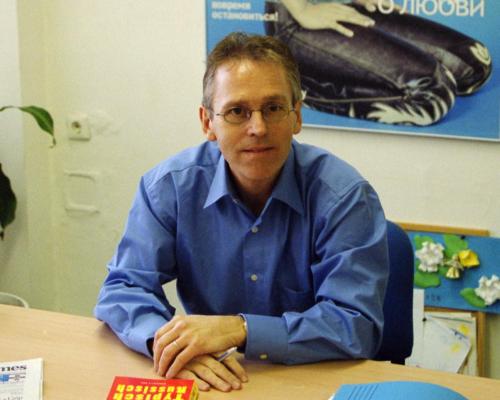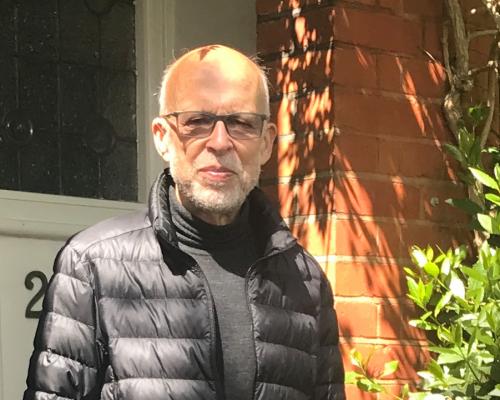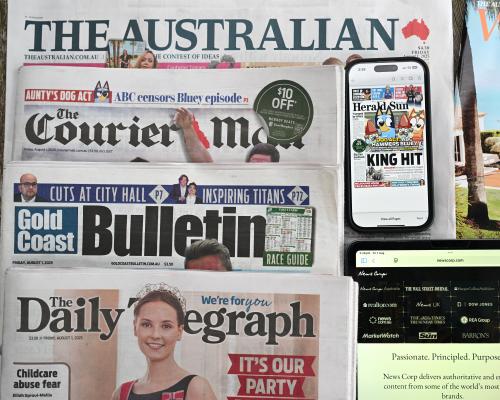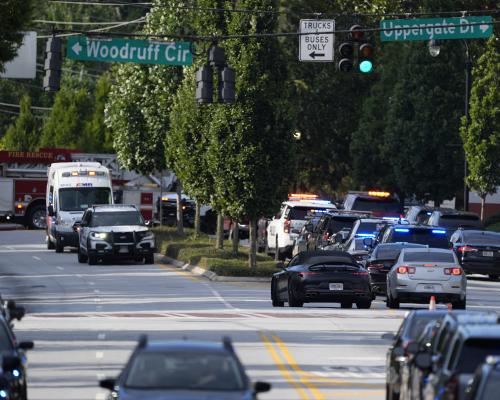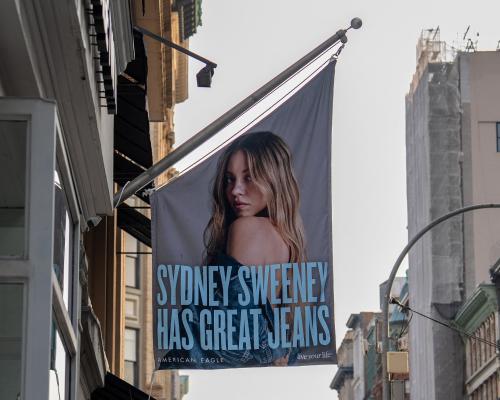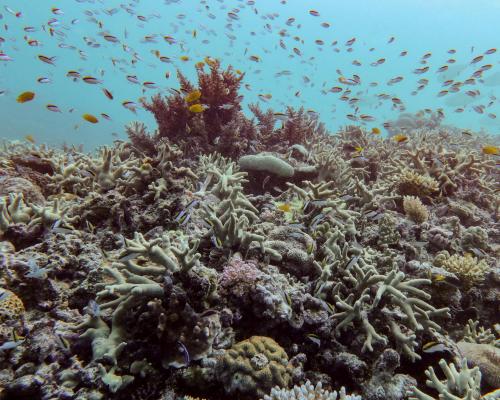
The Australian Institute of Marine Science’s annual monitoring study came out on Wednesday. It warned that the Great Barrier Reef could reach a tipping point where it cannot recover fast enough between major catastrophic events.
The Guardian reported it as: Great Barrier Reef coral bleaching event in 2024 most widespread and severe on record
The ABC: Ecosystem under distress
The SMH: Record coral decline, mass bleaching
The Courier-Mail: Reef in crisis: Unprecedented coral decline strikes iconic natural wonder
And The Australian?
Pretty bloomin’ healthy: Reef defying the doomsayers
The national broadsheet’s Pollyannish view was illustrated with shots of smiling snorkellers giving the thumbs up.
The headline on a comment piece by Peter Ridd, a former James Cook University academic now at the Institute of Public Affairs, said the reef “is still doing fine” – “despite having six allegedly cataclysmic coral bleaching events in the last decade”.
Australia should look to the US, Ridd wrote, where “scientists who were once victimised and ostracised have been appointed to lead science and medical research institutions” as scientific “groupthink” is challenged.
Ridd, a geophysicist, was sacked from James Cook University in 2018 because of what the university called “serious misconduct” in his criticism of fellow JCU academics’ reef research but he claimed was simply exercising his intellectual freedom as an academic. The IPA then picked him up to lead a project called the Project for Real Science.
The year after that an expert panel warned that Ridd was misrepresenting robust science about the reef. In response to the ABC’s Media Watch piece on a similar situation last year, Ridd claimed it was “almost certain that a warming climate will be beneficial to the corals of the [reef]”.
A straighter news piece in the paper conceded that the reef had “suffered the largest annual declines in hard coral after being hit by the summer’s cyclones and widespread bleaching” as well as climate change-induced heat stress.
It’s still a “picture of health”, though, according to the headline.
Bridge too far?
Was it another act of anti-groupthink by The Australian and other News Corp outlets, or did they witness a different Gaza protest to the other media?
Hundreds of thousands of people turned up to protest against the actions of Israel in the war on Gaza, the civilian death toll and the widespread hunger and starvation.
Most reports on the peaceful march across Sydney Harbour Bridge focused on the huge turnout, with some criticism of the police.
-
Sign up to get Guardian Australia’s weekly media diary as a free newsletter
Some outlets had a laser-like focus on a single protester who was holding aloft a picture of the Iranian dictator, Ayatollah Ali Khamenei. Where some saw an enormous coming together of people wanting to show their empathy and outrage, others saw sympathisers instead of sympathy.
In Monday’s Australian, for example, the cartoonist John Spooner depicted the march as a range of people, one carrying a bag labelled “hate”, another labelled “hostages”. There were signs that read “Long live October 7”, “Useful idiots”, and “Make lies not war”.
The centrepiece was a skeletal Grim Reaper with a Hamas headband carrying a bag labelled “anti-semitism” saying: “It’s lovely to feel so appreciated”, all under the baffling title “pilgrims’ progress”.
A mind of its own
Elon Musk’s AI chatbot Grok, which went Nazi-ish in July on the platform formerly known as Twitter, wandered into the culture wars again this week.
Set off by a post about burning the Australian flag, it had a crack at untangling a nuanced debate about freedoms versus accountability, and took a deep dive into the Middle East and disputes about definitions of genocide. It also referred to the “harrowing emaciation and wounds” in pictures of children in Gaza and accused rightwing media of downplaying Israel’s actions.
And it said the ABC was more impartial than others, and that Australia’s rightwing media ignored diversity reforms and prioritised profit via sensationalism and the pro-Israel lobby influence (if that doesn’t make complete sense, please ask Grok for an explanation).
Diversity of views
Sky After Dark is looking to radically depart from its roster of conservative pundits to add another face who works for the Institute of Public Affairs, has Liberal party links and is promising to “tackle controversial topics with no holds barred”.
The former Liberal candidate for Balmain Freya Leach will premiere her Freya Fires Up segment on Sunday 17 August.
She has already boosted her profile and shown her appetite for robust debate through notable media appearances, including complaining about a university assignment where a rightwing character bore her first name, which she said was “clearly intended” to depict her (the university said it was a coincidence), and appearing in news stories as an “everyday woman being pummelled by Australia’s cost of living crisis” and complaining about taxes more than once, according to Media Watch.
A bit rich
The Australian has launched a new wealth section (with a new “watch and jewellery editor”) featuring advice such as how to cope with changes to tax breaks for super accounts holding more than $3m.
One of the stories was awkwardly juxtaposed with another showing that you need a fraction of that amount to retire comfortably.
Introducing the new section, The Australian’s editor, Michelle Gunn, wrote about everyday millionaires “or Emilli as they’re being coined”. Coined, geddit?
And she pointed out that the average wealth per adult Australian was close to $800,000, which surely saw jaws drop to the floor outside Sydney’s north shore.
But average wealth is hardly indicative of what the average Australian is experiencing because it gets bumped up by those up the pointy end.
A story from the ABC earlier in the week revealed that there are plenty of millionaires in Australia, and the nation has the second-highest median wealth in the world at $411,000 – about half the “average” cited in the Oz (although the ABC story put average wealth at $952,000).
So where are all these piles of cash? Mostly in property, of course, and predominantly with the rich, with the top 10% of Australians holding 44% of the nation’s wealth.
The typical Australian makes about $56,000 a year.
Social competition
Here’s a slightly brighter spot in what feels like a bleak landscape – new research has found news shared on social media is more diverse.
A University of South Australia lecturer, Cameron McTernan, studied Facebook posts from Australian newsrooms and found they were “much more diverse than news shared by traditional media, with many different news sources and voices”. But he also warned it was a “double-edged sword”.
“While social media can provide better discoverability of news, it also competes with traditional outlets for revenue,” he said.
“The two competing industries are struggling to find a cooperative path forward and ultimately that hurts newsrooms a lot more than tech firms, and ultimately, it hurts all of us.”
Farewell to one of the best
Kate McClymont described him as “one of the [Sydney Morning Herald]’s wittiest writers”; Peter FitzSimons said he was “the best writer of hilarious light prose”, and his old paper, the SMH, said his “innovative daily column Stay in Touch helped lift the Herald into a golden age of rising circulation and influence”.
David Dale died this week aged 77 and is survived by his wife, Susan Williams, and daughter, Millie.
Vale David Dale, one of the SMH's wittiest writers, a bon vivant & pioneer of the Stay in Touch column. As Bulletin editor, he created "The 100 Most Appalling People in Australia" list. Owner K. Packer fired him for his "gratuitous impertinence"- the very thing I will miss most.
— Kate McClymont (@Kate_McClymont) August 6, 2025
According to the SMH, his column “pricked the pomposity of politicians in Macquarie Street or Canberra, ran snippets of bizarre reports from around the world that usually ended up ignored in the wastebaskets of teleprinter rooms, and mixed fact, fiction, satire, gossip and humour with Dale’s distaste for sycophancy that bustled the then broadsheet Herald into the 1980s”. He also worked for ABC radio and 2GB Sydney, and was a journalism lecturer.

